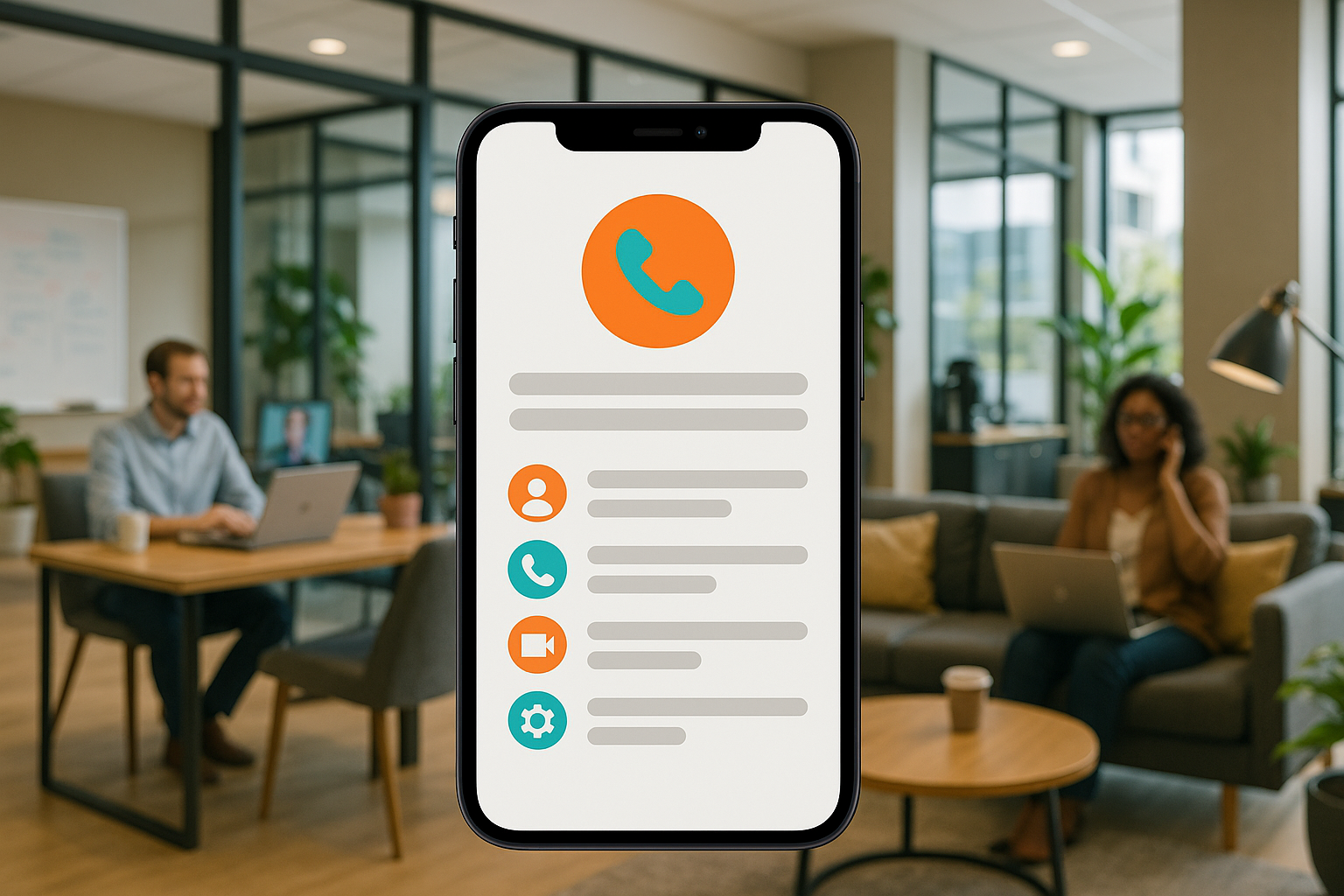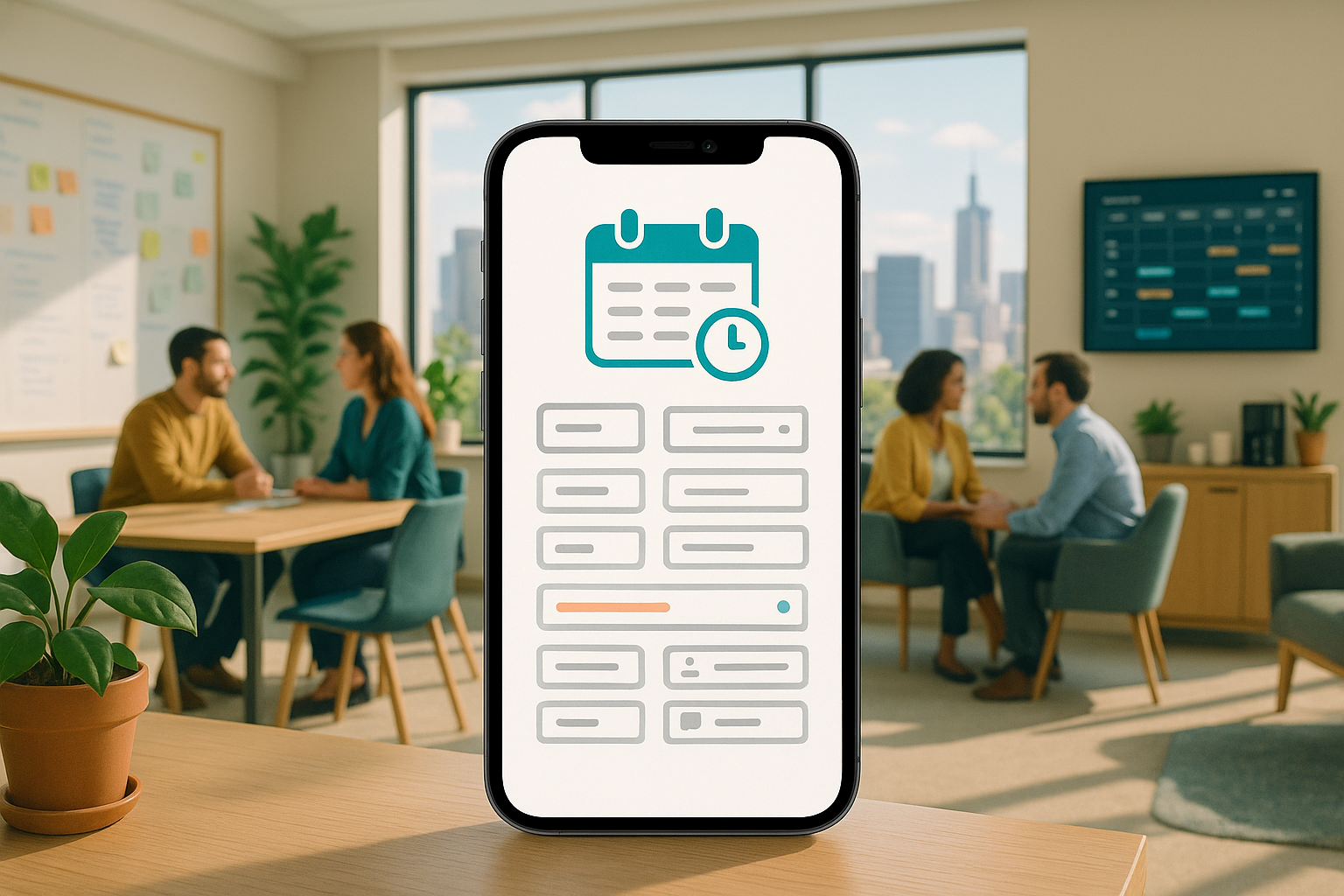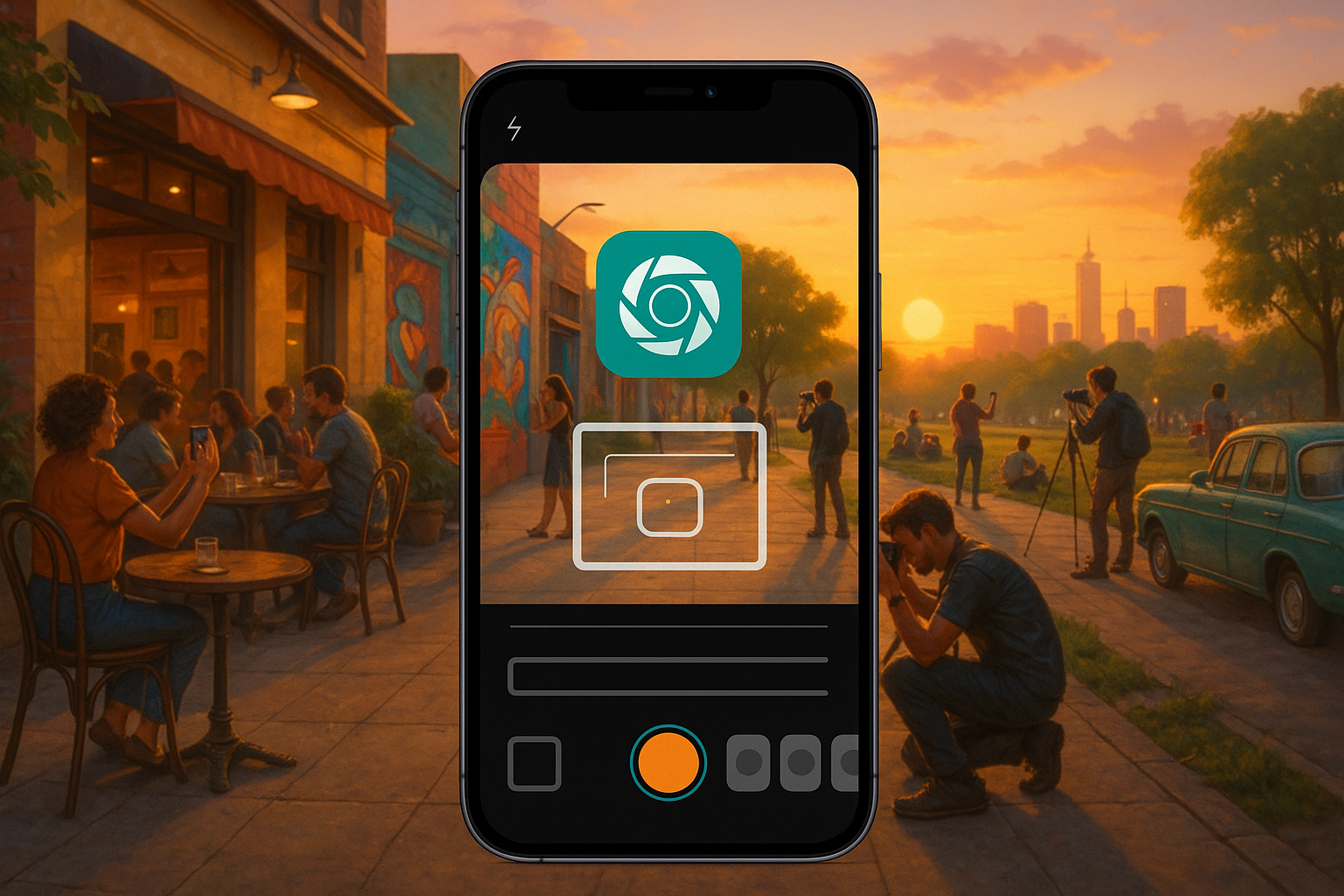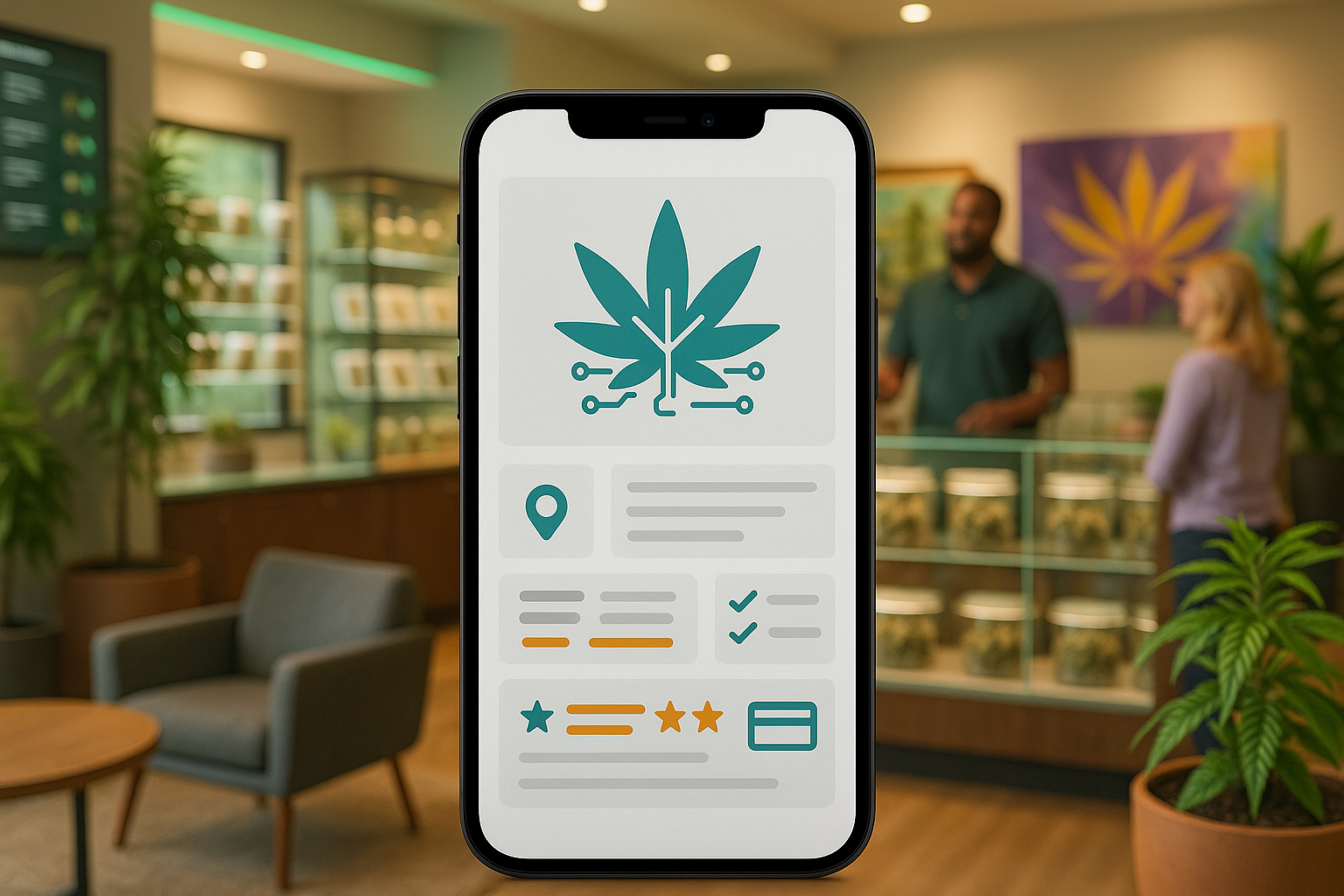Introduction
In an era of digital transformation, real-time communication is the backbone of personal and professional interaction. From enterprise-level unified communications platforms to simple consumer video chat apps, the demand for high-quality, reliable calling applications has never been greater. However, building such an app is a formidable challenge. It involves far more than simply connecting two users; it requires architecting a complex system that can handle unpredictable user loads, guarantee message delivery, maintain low latency across the globe, and secure sensitive conversations against ever-present threats. Many organizations underestimate the technical depth required, leading to projects that are over budget, behind schedule, or fail to provide a satisfactory user experience.
This article serves as a comprehensive guide to the world of call app development. We will demystify the process by exploring what constitutes a modern call app, delving into the significant technical hurdles of in-house development, categorizing the different types of applications available, and providing a realistic cost estimate for building one. Furthermore, we will introduce you to leading companies that specialize in this domain.
As a top US-based, AI-powered mobile app development firm, we at MetaCTO have over two decades of experience turning complex ideas into market-leading applications. We understand these challenges intimately. Throughout this guide, we will share insights gleaned from launching over 120 successful projects, helping you understand not just the ‘what’ and ‘how’ of call app development, but also the ‘why’ behind choosing an expert partner to navigate this intricate landscape.
What is a Call App?
At its core, a call app is a software application that enables users to make voice or video calls over the internet, a technology known as Voice over Internet Protocol (VoIP). These applications bypass traditional telephone networks, instead transmitting data packets across the web. This fundamental shift allows them to operate on a wide array of devices, including smartphones, tablets, and desktop computers, typically through a software interface known as a softphone.
However, the definition of a modern call app has expanded far beyond simple VoIP calls. Today’s leading applications are sophisticated, multichannel communication hubs. They empower users with a suite of tools designed for seamless collaboration and engagement. These platforms often integrate:
- Voice and Video Calling: The foundational feature, providing high-definition audio and video communication.
- Team Messaging: Internal chat functionalities, allowing users to communicate one-on-one, in private groups, or in public channels organized by topic or project. These chats are often persistent and searchable, creating a valuable knowledge base.
- SMS/MMS Messaging: The ability to send and receive text and multimedia messages with external contacts using a business phone number, directly from the app.
- File Sharing: Securely sharing documents, images, and other files within chats or meetings.
- Advanced Call Management: Sophisticated features like multi-level auto attendants (IVRs), call forwarding, call recording, call queues, and warm transfers, which allow for professional and efficient handling of inbound calls.
- Analytics and Reporting: Providing insights into call volume, user activity, call quality, and other key performance indicators to help businesses optimize their communication strategies.
Platforms like Nextiva and RingCentral exemplify this evolution. They are not merely calling tools but all-in-one business communication platforms that unify voice, video, and messaging. They offer native team collaboration spaces, searchable conversation histories, and advanced features like AI-powered noise suppression and live meeting transcriptions, demonstrating that a “call app” is now synonymous with a comprehensive, unified communications solution.
Reasons that it is difficult to develop a Call app in house
Embarking on the development of a real-time communication app in-house is a journey fraught with technical complexities that are often underestimated. While it may seem straightforward on the surface, building a robust, scalable, and reliable call app requires a deep, specialized skill set that spans distributed systems engineering, network optimization, and stringent security protocols. Partnering with an experienced agency like ours can help you navigate these challenges and build a successful product. Here are the primary reasons why in-house development is so difficult.
Scalability and Performance at Unpredictable Loads
A call app must be architected for massive, fluctuating concurrency. Unlike a typical web application, a real-time app can experience sudden, dramatic spikes in usage. A successful marketing campaign or a viral moment can instantly multiply your user base from hundreds to hundreds of thousands.
- Elastic Scaling: Your infrastructure must be able to react to these changes in real-time. This requires an elastically scalable architecture that can automatically provision and de-provision resources to meet demand without manual intervention. Architecting a chat app for scale takes significant upfront design and effort before a single line of code is written.
- Library Limitations: Many development teams turn to popular libraries like Socket.IO for real-time features. However, such libraries often come with inherent limitations. Socket.IO, for instance, is notoriously difficult to scale, is designed to work within a single region, and does not guarantee message ordering, which can lead to a fragmented user experience as you grow.
Guaranteeing Low Latency and Minimal Bandwidth
The user experience of a call app is directly tied to its performance. Delays, jitters, and dropped calls create immense frustration and can quickly lead to user churn.
- Sub-100ms Latency: For interactive sessions like voice or video calls to feel natural and immediate, end-to-end latency must consistently be under 100 milliseconds. Achieving and maintaining this benchmark globally is a significant engineering challenge.
- Minimizing Variance: Perhaps more important than raw latency is the variance in latency. Unpredictable performance, where one call is crystal clear and the next is choppy, creates an exasperating user experience. It also makes it difficult to build and scale new features, as their performance under varied operating conditions becomes uncertain.
- Bandwidth Optimization: The app must be efficient, minimizing the bandwidth required to send data end-to-end to ensure a quality experience even on less-than-ideal network connections.
Ensuring Reliability and Data Integrity
In a communication app, reliability is not a feature; it is the foundation. Users must trust that their messages and calls will always go through, in the correct order, without duplication.
- Fault-Tolerant Architecture: Achieving this requires a stable, fault-tolerant architecture with redundancy built-in at both a regional and global level. Your system must be able to withstand failures of individual instances, entire data centers, and even global network issues or DDoS attacks.
- Complex Infrastructure: This level of reliability necessitates developing advanced capabilities like global data replication and automatic fail-safes, which require deep expertise in distributed systems.
- Data Integrity: Ensuring data integrity is particularly difficult. Preventing missed, unordered, or duplicate messages is critical. A system that delivers a conversation out of sequence or loses messages entirely is fundamentally broken.
Implementing Robust Security and Compliance
Communication apps are prime targets for malicious actors. Protecting user data and conversations is a non-negotiable requirement.
- Minimum Security Stack: At a minimum, you must implement data encryption in transit and at rest, a robust user authentication system, and a granular permissions system to control access.
- End-to-End Encryption (E2EE): For true privacy, E2EE is the gold standard. This involves creating a public-private cryptographic key pair for each user. Public keys are stored on a server, while the private key remains on the user’s device. A message is encrypted with the recipient’s public key and can only be decrypted with their private key, ensuring no one in the middle—not even the service provider—can read the content. Implementing this correctly is a complex cryptographic undertaking.
- Compliance: Depending on your industry and user base, you may need to adhere to regulations like HIPAA, which adds another layer of complexity to your architecture and security posture.
The Challenge of Rich Features and Cross-Platform Support
Modern users expect a rich feature set. However, many of these “standard” features are surprisingly difficult to implement and maintain at scale.
- Complex Moving Parts: Features like read receipts, emoji reactions, and especially real-time user presence indicators (online, offline, typing) have many moving parts and become exceedingly challenging to handle efficiently for a large number of users.
- Cross-Platform Multiplication: The technical challenges multiply with each new platform you support. Navigating different SDKs, programming languages, and platform-specific limitations for iOS, Android, and web requires a diverse and experienced development team.
Building a call app in-house means taking on the full burden of architecting, building, hosting, scaling, and managing this complex infrastructure yourself. This is why many businesses choose to partner with a specialized agency. At MetaCTO, we provide the deep technical expertise and battle-tested processes needed to transform your idea into a successful, market-ready app, saving you from the costly pitfalls of in-house development. Explore our custom mobile app development services to learn how we can help.
Different types of Call apps
The call app market is not a monolith. It comprises a diverse range of applications, each tailored to a specific audience and use case. Understanding these categories can help you define your product’s position in the market and clarify its core value proposition.
Unified Communications as a Service (UCaaS)
This is the most comprehensive category, representing all-in-one business communication platforms. UCaaS solutions aim to be the central hub for all internal and external communications, integrating voice, video, messaging, and more into a single, unified interface.
- Key Characteristics: These platforms are feature-rich, offering multichannel communication (voice, video, SMS, team chat, fax), advanced call management (auto-attendants, call queues), team collaboration tools, and detailed analytics.
- Examples:
- RingCentral: A leading UCaaS provider with a robust platform that includes messaging, video, and phone (RingEX). It is known for its high call quality, advanced features like hot desking and AI-powered meeting insights, and tools like Push-to-Talk.
- Nextiva: Focuses on ease of use and strong customer support, offering an all-in-one solution with VoIP, video conferencing, and a native team chat space.
- GoTo Connect: A flexible system that combines features from GoTo Meeting and GoTo Contact Center. It stands out with features like unlimited calling queues for most plans, international calling to 50+ countries, and robust video meetings for up to 250 participants.
- 8x8: A cloud-based PBX platform that excels in video conferencing, supporting up to 500 participants with advanced moderation controls and analytics. It also offers a unified chat space and unlimited calling to numerous countries.
AI-Powered Customer Intelligence Platforms
A newer category, these platforms leverage artificial intelligence not just to facilitate communication but to analyze it. They provide real-time insights and coaching to improve agent performance and customer interactions.
- Key Characteristics: The defining feature is the deep integration of AI. This includes live speech coaching, real-time call transcription, post-call summaries, and advanced analytics that map call patterns and IVR usage.
- Example:
- Dialpad: Positions itself as a “customer intelligence platform.” Its UCaaS offering is infused with AI features like voicemail transcription, live agent coaching (e.g., reminders to slow down), and built-in heat maps to visualize call patterns. It is also highly secure, with SSO and HIPAA compliance for all users.
Virtual Phone Systems for Small Businesses
These applications cater to startups and small businesses that need professional communication tools without the complexity or cost of a full-blown UCaaS platform. The focus is on simplicity, core functionality, and affordability.
- Key Characteristics: They offer essential VoIP features, such as business phone numbers, custom greetings, call forwarding, and business texting. They typically omit advanced features like video conferencing or deep analytics.
- Example:
- Grasshopper: A prime example of a virtual phone system. It is designed for simplicity and provides core tools to help a small business sound more professional. It offers custom greetings, an “Instant Response” feature that auto-texts missed callers, and unlimited business texting, but lacks video or advanced call routing.
Integrated VoIP Solutions
Some call apps are designed to work as part of a larger, pre-existing ecosystem of productivity tools. Their main strength is seamless integration with other applications from the same provider.
- Key Characteristics: These apps prioritize deep integration with a parent suite of tools (e.g., office documents, calendars, cloud storage). They may be less feature-rich as standalone products but become powerful when used within their intended ecosystem.
- Example:
- Google Voice: Integrates seamlessly with Google Workspace. Users can leverage BigQuery to analyze activity across all Workspace platforms. It features a customizable IVR, smart spam blocking using Google AI, and easy welcome message setup, but lacks native team chat and video conferencing capabilities (relying instead on Google Chat and Google Meet).
Free Consumer VoIP Apps
This category includes well-known applications primarily used for personal communication. While some have business-tier offerings, their main association is with free, consumer-grade calling.
- Key Characteristics: The primary driver is free access to voice and video calls over the internet. They are globally recognized and have massive user bases.
- Examples: Skype, WhatsApp, Facebook Messenger, and Viber.
Cost estimate for developing a Call app
Estimating the cost of developing a call app requires a detailed breakdown of its features, as each component contributes to the final price tag. While a simple app could be relatively inexpensive, a feature-rich, multi-platform application like Zoom or RingCentral represents a significant investment. Based on industry data, the total cost to develop a video conferencing app can range from $30,000 to over $200,000, with an average project falling between $50,000 and $150,000.
To provide a more concrete understanding, let’s break down the estimated development costs for the core features of a modern video calling application.
| Feature | Estimated Development Cost | Description |
|---|---|---|
| User Profile | $1,000 - $1,500 | Allows users to create and manage their personal information, profile picture, and status. |
| Authorization | $1,200 - $1,800 | Secure user registration and login functionality, including methods like email/password, social login, or SSO. |
| Contact List | $500 - $700 | Functionality to import, add, and manage a list of contacts within the app. |
| Audio Call | $2,000 - $2,500 | The core backend and frontend infrastructure to enable one-on-one and group voice calls. |
| Video Call | $2,000 - $3,000 | The infrastructure to enable high-quality, one-on-one and group video calls. |
| Chat Integration | $4,000 - $5,000 | A full-featured text messaging system with support for DMs, group chats, and file sharing. |
| Push Notifications | $1,500 - $2,000 | Alerts users of incoming calls, new messages, and other important events when the app is inactive. |
| Screen Sharing | $2,000 - $3,000 | Allows users to share their desktop or a specific application window during a call. |
- End-to-End Encryption | $3,000 - $5,000 | Implementation of cryptographic protocols to secure communications from all third parties. | | Streaming Protocols | $500 - $1,000 | Integration of real-time transport protocols (like WebRTC) to manage data streaming. | | In-app Call Feature | $1,000 - $2,000 | The UI/UX elements for initiating, receiving, and managing calls within the application. | | Custom Stickers | $1,000 - $2,000 | Adds a social and personalization element to the chat experience. | | Total Estimated MVP Cost | $50,000 - $85,000 | This is a baseline estimate for a Minimum Viable Product with a solid feature set. |
It is crucial to remember that these figures are estimates. The final cost will be influenced by several factors:
- Platform Complexity: Developing for iOS, Android, and web simultaneously will be more expensive than a single-platform app.
- Design Uniqueness: A custom, highly polished UI/UX will cost more than a template-based design.
- Third-Party Integrations: Integrating with CRMs, analytics tools, or other business software will add to the development time and cost.
- Backend Infrastructure: The complexity of the backend architecture, particularly for achieving high scalability and reliability, is a major cost driver.
At MetaCTO, we specialize in helping businesses launch efficiently. Our Rapid MVP Development service is designed to get your core product to market in 90 days, allowing you to validate your idea, gather user feedback, and secure investment on a controlled budget and timeline.
Top Call app development companies
Choosing the right development partner is arguably the most critical decision you will make. The ideal partner brings not only technical prowess but also strategic insight and a proven track record. Here are some of the top companies specializing in VoIP and real-time communication app development.
1. MetaCTO
As a premier AI-powered mobile app development agency based in the United States, we stand at the forefront of innovation. With over 20 years of experience and more than 120 successful projects launched, we have a deep, hands-on understanding of what it takes to build, grow, and monetize sophisticated applications. Our 5-star rating on Clutch is a testament to the success of our partners.
We don’t just build apps; we build businesses. Our process is designed to be with you every step of the way:
- Validate: We help you turn your idea into a tangible MVP quickly, allowing you to test the market and secure funding.
- Build: We handle the entire design, build, and launch process, ensuring your app is market-ready and delivers a seamless user experience. Our experience is directly relevant, with case studies like the Parrot Club app, a real-time peer-to-peer language learning platform with AI transcription that we helped launch in 8 countries.
- Grow & Monetize: We use data-driven strategies like A/B testing and analytics to optimize user acquisition and retention, and we help you implement effective monetization models.
- Evolve: As you scale, we ensure your app evolves with you, upgrading its technology to stay competitive.
Our expertise in AI Development allows us to integrate cutting-edge features like personalized coaching and intelligent summaries, as we did for the Bond dating app. We are experts at solving the complex challenges of scalability, security, and cross-platform development that are inherent in call apps.
2. Sheerbit
Sheerbit specializes in VOIP development and WebRTC solutions. They focus on providing top-tier developers to elevate projects with advanced, reliable, and custom VOIP solutions. Their services are designed to enhance a business’s communication infrastructure, offering high-quality, real-time communication customized by their skilled development team.
3. Vindaloo Softtech Pvt. Ltd.
Recognized as a leading VoIP development company in India, Vindaloo Softtech is a multi-technology software provider. They focus on VoIP applications, software, and consulting services. Their goal is to provide world-class customized solutions to satisfy the multifaceted needs of clients across different industries.
4. Bytebran
Bytebran specializes in cutting-edge VoIP software development. They offer custom VoIP solutions and scalable technology support, positioning themselves as a partner for businesses looking to build sophisticated communication tools.
5. Elisha Telecom Ltd.
Elisha Telecom Ltd. is a leading provider of Unified Communications solutions with a specialization in AI-powered platforms. They were a pioneer in the space, having developed ETPBX, a hosted UC platform, back in 2006. They focus on building intelligent communication systems for modern businesses.
Other Notable Companies
- Metaswitch Networks: A leading developer of cloud-native, ultra-high-performance communications software for service providers.
- Novanet: Known for releasing the first WebRTC-powered customer agent application.
- Acefone: Provides a cloud communication suite that includes VoIP services, contact center solutions, and video conferencing.
Conclusion
Developing a call app is a journey into the heart of complex, real-time systems engineering. As we have explored, the path is laden with significant technical hurdles, from architecting a globally scalable and fault-tolerant infrastructure to guaranteeing sub-100ms latency and implementing ironclad end-to-end encryption. The modern user expects a rich, seamless experience, and delivering on that promise requires deep expertise, meticulous planning, and substantial investment.
We have seen that the call app landscape is diverse, ranging from comprehensive UCaaS platforms like RingCentral and 8x8 to AI-driven intelligence systems like Dialpad and simpler, focused solutions like Grasshopper. Understanding this market is key to positioning your product for success. The cost of entry is not trivial, with even a well-featured MVP easily costing between $50,000 and $85,000, underscoring the importance of an efficient development strategy.
Navigating this complexity is not a task to be undertaken lightly. The difference between a successful app and a failed project often comes down to the experience of the development partner you choose. An expert team can foresee challenges, architect for the future, and transform a great idea into a market-leading product.
At MetaCTO, we have spent two decades honing our ability to do just that. We bring not only the technical skills but also the strategic vision to guide your project from concept to launch and beyond. If you are ready to build a high-quality, reliable, and successful calling application, let’s start the conversation.






